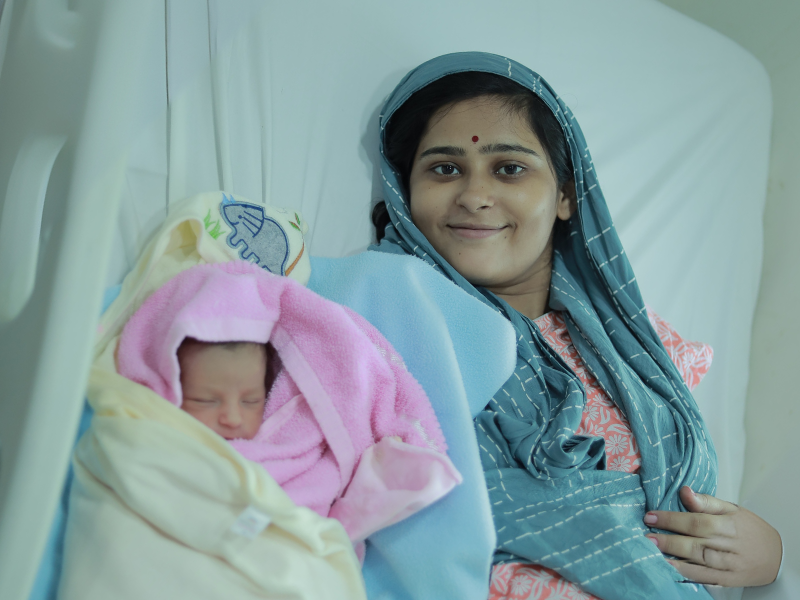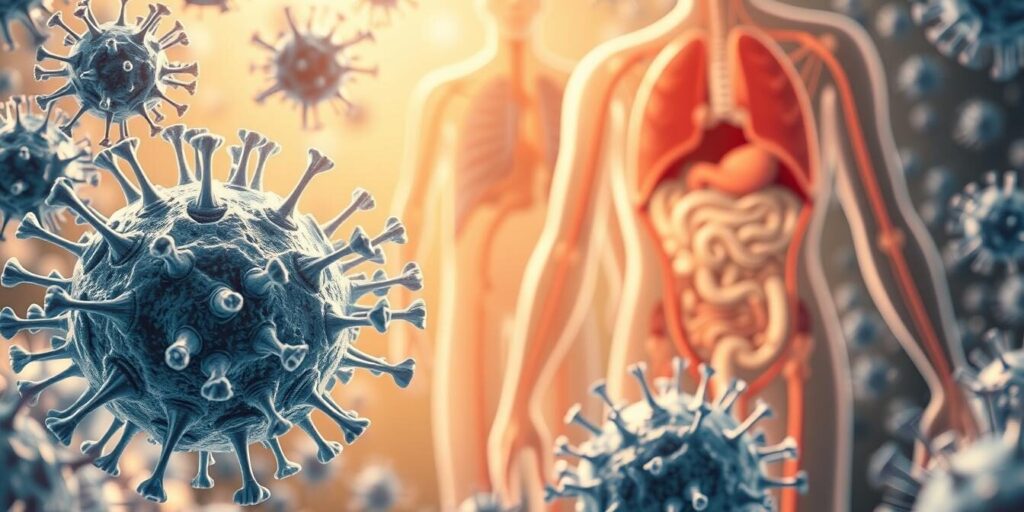Corona has once again caused concern; after China and Japan, the new variant of Corona is spreading rapidly in India now. The coronavirus is a very subtle but effective virus. Coronavirus is 900 times smaller than human hair, but coronavirus infection is the first life-threatening virus to spread rapidly around the world.
The coronavirus belongs to a family of viruses whose infection can cause problems ranging from a cold to shortness of breath. This virus has never been seen before. The infection of this virus started in December 2019 in Wuhan, China. According to the WHO, fever, coughing, and shortness of breath are symptoms.
One of the top hospitals of Varanasi Infinity Care Hospital Dr. Sanjiv Kumar Singh explains some important points about the life-threatening coronavirus. Coronaviruses are a large family of viruses that have been linked to illnesses ranging from the common cold to more serious illnesses like Middle East Respiratory Syndrome (MERS) and Severe Acute Respiratory Syndrome (SARS). The term “coronavirus” refers to the way the virus appears under a microscope, which is spiky or crown-like. Humans can die from any sickness.
While MERS is brought on by the Middle East respiratory syndrome coronavirus (MERS-CoV), SARS is brought on by the SARS-associated coronavirus (SARS-CoV).
About 20 years ago, SARS-CoV first appeared in China and quickly spread to other countries. Fortunately, it was effectively confined, and since the start of the outbreak, there have been no new cases recorded. MERS-CoV first surfaced in Saudi Arabia in 2012 and spread throughout the Middle East before being brought by travellers to the United States, Europe, Africa, and Asia. Since then, the frequency of new infections has dramatically decreased.
Late in 2019, a third coronavirus with the potential to cause life-threatening sickness emerged. The COVID-19 sickness is brought on by a novel virus known as SARS-CoV-2. SARS-CoV-2 swiftly spread throughout the world. SARS-CoV-2, unlike SARS-CoV or MERS-CoV, could not be contained, leading to a global pandemic.
BF.7 is a new sub-variant of the variant Omicron of the coronavirus. The coronavirus has been affecting our lives for the last two years. There have been many changes in the symptoms and effects of the coronavirus since its inception. Earlier, it was very difficult to save a life from the coronavirus, but today it has become a bit easier to recover. However, the threat of the virus has not yet been averted. Since the early stages, different coronavirus variants have been observed. People BA. 7: Getting Infected with Omicron Now BA. 7 The latest subvariant of 7 Omicron has arrived, which spreads faster than other variants.
This variant has unique mutations, which make it the most dangerous type of Kovid-19. As a result, people are becoming infected at an alarming rate. Individuals affected by BA.2 are reinfected at intervals of 4 weeks, indicating BA.4 and BA.7. In such a situation, you can follow some rescue tips.
How can you save yourself
Strengthening immunity is very important to avoid the coronavirus.
Along with this, the full dose of vaccination must be taken. This can protect against coronavirus.
Wearing a mask is very important to prevent the coronavirus.
Avoid visiting crowded places.
To avoid COVID-19, social distancing must be followed.
Avoid coming into contact with other people if symptoms of the coronavirus are seen.
Also, read WHO’s guideline: “Surgical or fabric mask?” Know when to wear which mask.
Symptoms of the Coronavirus
The COVID-19 vaccine helps protect against many viruses. However, new variants of the virus emerge as new threats on a daily basis. Symptoms of Kovid can include a cold, a fever, a headache, weakness, and fatigue. Along with this, difficulty in breathing and chest pain can also be felt. In such a situation, it is very important to isolate yourself.




